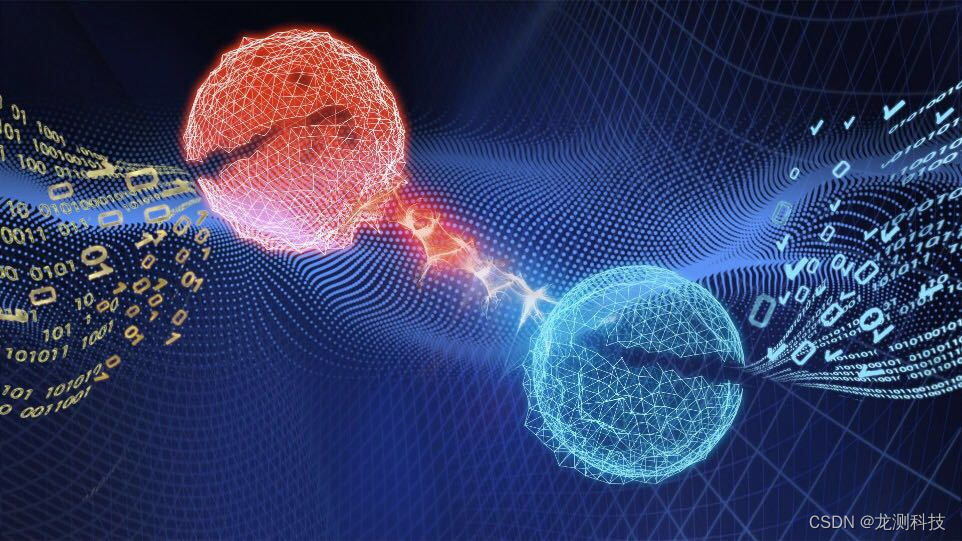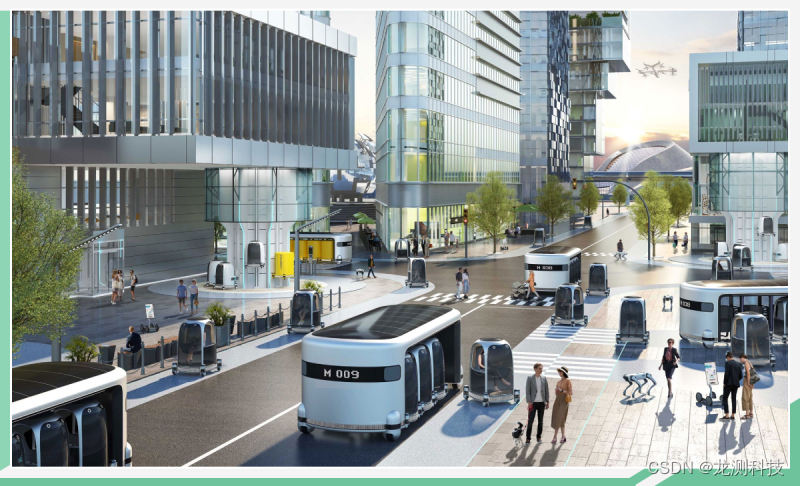Recently, McKinsey & Company released the "2023 Technology Trend Outlook Report". The report lists 15 trends and divides them into five categories: the artificial intelligence revolution, building the digital future, the frontier of computing and connectivity, cutting-edge engineering and sustainable development.
Category 1: Artificial Intelligence Revolution
Generative AI
Generative AI marks a turning point in artificial intelligence.
OpenAI, Google, Microsoft, Meta, etc. are all investing heavily in the research and development of large-scale language model technology LLM to promote continuous innovation and improvement of models. Different from previous artificial intelligence, the core technology of generative AI, the basic model, can be adapted to various tasks. In a business context, generative AI can not only unlock new tasks, but also speed up, extend or improve existing ones. Generative AI has the potential to redefine businesses and value chains by facilitating the development of new products and revenue streams and improving customer experience. However, its impact is most expected to be in improved employee productivity and experience.

Applied artificial intelligence
Through artificial intelligence technologies such as machine learning, computer vision, and natural language processing, businesses across all industries can leverage data and derive insights to automate processes, enhance capabilities, and make smarter decisions.
Industrial machine learning
Industrializing machine learning, often called machine learning operations, or MLOps for short, refers to the engineering practices required to scale and sustain machine learning applications in the enterprise. These practices are supported by a rapidly evolving ecosystem of technology tools that have significantly improved in functionality and interoperability. MLOps tools can help enterprises move from pilot projects to viable commercial products, accelerate the scaling of analytical solutions, identify and solve problems in production, and increase team productivity.
Category 2: Building a digital future
Next generation software development
Next-generation technologies are changing the capabilities of engineers at every stage of the software development life cycle (SDLC), from planning and testing to deployment and maintenance, and enabling non-technical employees to create applications. These technologies can help simplify complex tasks and reduce other tasks to a single command. These technologies include AI-assisted programming tools, low-code and no-code platforms, infrastructure as code, automated integration, deployment and testing, and emerging generative AI tools.
Longce AI-TestOps cloud platform is based on the hybrid AI technology of large model + small model and supported by traditional algorithms to build a two-wheel drive of business and technology, making automated testing more convenient while ensuring data security and privacy. . Longce AI-TestOps cloud platform , code-free, AI-assisted testing, automatic execution and other functions are deeply in line with the development trend of next-generation software development.
Adoption can be slow due to technical challenges, the need for extensive retraining of developers and test engineers, and other organizational obstacles. By 2026, Gartner predicts that 80% of users of low-code and no-code tools will come from outside traditional IT organizations. AI-enabled tools can also increase traditional developer productivity by automating routine tasks and providing solutions to problems.
Research shows that developers save 35% to 45% of time in code generation and 20% to 30% in code refactoring. They also report feeling happier, more engaged, and gaining more satisfaction when using AI-enabled tools, suggesting that adopting these tools helps companies retain talent in a competitive talent market.
Trust architecture and digital identity
Digital trust technologies enable organizations to manage technology and data risks, accelerate innovation and protect assets. And building trust in data and technology governance can improve organizational performance and improve customer relationships. Underlying technologies include Zero Trust Architecture (ZTA), digital identity systems and privacy engineering. Other techniques build trust by incorporating principles of explainability, transparency, security, and bias minimization into AI design.
Web 3.0
Web 3.0 goes beyond the typical understanding of cryptocurrency investing and more importantly refers to a model of the future internet that decentralizes and redistributes power to users, potentially giving them more control over how their personal data is accessed economically value and stronger ownership of digital assets.

Category Three: Frontiers of Computing and Connectivity
Advanced connection technology
Advanced connectivity improvements will enhance the user experience for consumers around the world and increase productivity in industries such as mobility, healthcare and manufacturing. Companies are rapidly adopting advanced connectivity technologies that build on existing deployment and connectivity standards, but some new technologies, such as low Earth orbit (LEO) connectivity and 5G networks, face barriers to adoption.
Holographic reality technology
Holographic reality technology uses spatial computing to interpret physical space, simulate adding data, objects and people to the real-world environment, and realize virtual reality through augmented reality (AR), virtual reality (VR) and mixed reality (MR). Interaction.
Cloud and edge computing
In the future, enterprises will leverage compute and storage infrastructure at multiple locations, from local to closer to local (the edge), and from small regional data centers to remote hyperscale data centers. Edge computing provides organizations with the flexibility to process data closer to its source, enabling faster data processing speeds (ultra-low latency) and enabling data sovereignty and enhanced data privacy compared to the cloud. Reducing the distance to the end user will reduce data transfer latency and cost and provide faster access to more relevant data sets, helping enterprises comply with data residency regulations.

Quantum technology
Quantum technologies exploit the unique properties of quantum mechanics to perform certain types of complex calculations more efficiently than classical computers, provide secure communication networks, and deliver a new generation of sensors with significantly improved sensitivity over traditional sensors. In principle, quantum technology can simulate and solve more complex problems, which will lead to major breakthroughs in various industries such as aerospace, defence, automotive, chemicals, finance and pharmaceuticals.

Category 4: Cutting-edge Engineering Technology
future travel
More than a century after mass production of automobiles began, mobility is experiencing a second major turning point: a shift toward autonomous driving, connectivity, vehicle electrification and shared mobility technologies, and even advanced air mobility technologies such as vertical take-off and landing electric aircraft ( eVTOL) is also advancing rapidly.

Future bioengineering
Breakthrough developments in biology, combined with innovations in digital technology, are expected to help organizations respond to needs and create new products and services in areas such as healthcare, food and agriculture, consumer goods, sustainability, and energy and materials production.
space technology
The most important development in the space industry over the past five to ten years has been the reduction in technology costs, which has made new capabilities and applications more accessible. The reduction in component costs is mainly due to the reduction in the size, weight, power and cost of satellites and launch vehicles. These degradations have led to changes in system architecture, such as the shift from a single large geostationary orbit (GEO) satellite to smaller distributed low earth orbit (LEO) satellites, as well as increasing interest in space technology from traditional non-space enterprises.
Category 5: Sustainable Development
Electrification and renewable energy
In the future, the energy structure will rapidly shift towards electricity, synthetic fuels and hydrogen, which will account for 32% of the global energy structure by 2035 and 50% by 2050.

Other climate-related technologies
Other climate technologies include Carbon Capture Utilization and Storage (CCUS), Carbon Mitigation, Natural Climate Solutions, Circular Technologies, Alternative Proteins and Agriculture, Water and Biodiversity Solutions and Adaptation, and Technologies to Track Progress towards Net Zero Emissions .